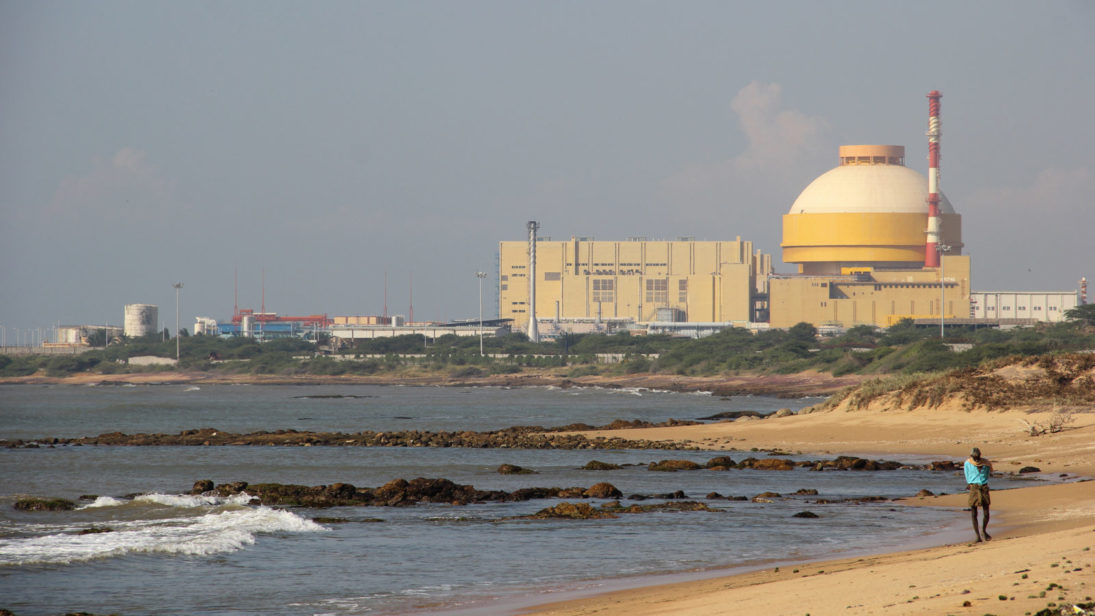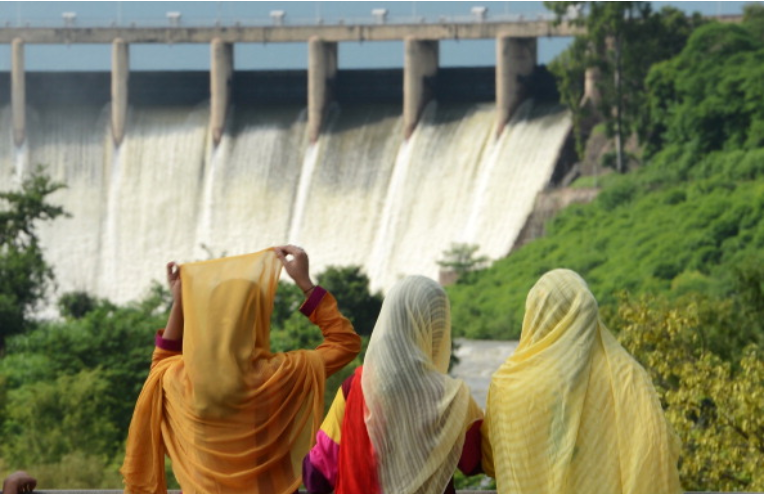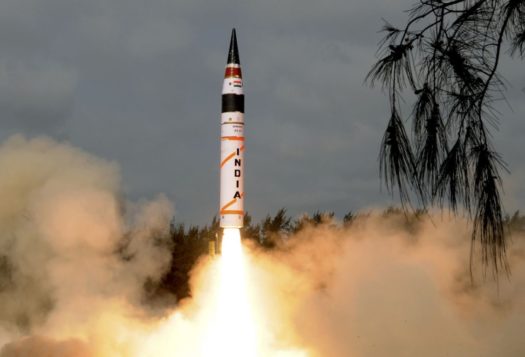
Editor’s note: This is the third and final piece in South Asian Voices’ review series of the Off Ramps Initiative, a Stimson Center project that examines the trilateral nuclear arms race between China, India, and Pakistan and proposes innovative ideas to decrease nuclear dangers in Southern Asia. Each author in this three-part series will review an Off Ramps proposal and offer a critique as to the proposal’s viability and impact it could have on nuclear deterrence in the region. Read the entire series here.
Toby Dalton’s proposal entitled “Modernize the South Asia Nuclear Facility ‘Non-Attack’ Agreement” published under the Stimson Center’s Off Ramps Initiative, assesses the significance and limitations of the 1988 bilateral non-attack agreement between India and Pakistan, which established the practice of Indian and Pakistani diplomats exchanging official lists of nuclear facilities located in their countries.
Dalton suggests specific amendments to make the agreement more relevant to the evolving security situation in South Asia. In making the case for an expanded non-attack agreement, the author delves into an important discussion regarding risks and potential consequences of a nuclear incident in South Asia and explains the complexity of India-Pakistan relations in a succinct manner. However, pursuing the amendments Dalton outlines in his proposal risks “making the perfect the enemy of the good.” The risk of expanding this functioning confidence building measure (CBM) therefore may outweigh the potential benefits and, possibly, increase distrust between the parties.
Summary
Despite being touted as the most successful nuclear CBM in the history of India-Pakistan relations, Dalton argues the non-attack agreement now largely serves a perfunctory role and has little practical value for peace and security in contemporary bilateral relations. In order to revitalize the agreement to meet emerging security needs, he suggests upgrading and modernizing the agreement in two ways.
First, he recommends expanding the non-attack agreement to cover other critical infrastructure that would cause crippling damage, massive humanitarian losses, and environmental disasters if attacked. For example, attacking a large dam would be prohibited under Dalton’s proposed expansion of the agreement. Second, with an eye towards the growing threat from non-state actors in the region, Dalton suggests establishing a mechanism to share information regarding potential terrorist threats to the facilities covered under the agreement. The author also gives a detailed explanation as to how the text of the agreement can be expanded to include these two additional clauses.
A challenging revision
In considering an expansion to the 1988 agreement, Dalton rightly identifies the potential challenges to amending the agreement. First, Dalton notes the extreme difficulty of surmounting the deep-rooted distrust between the two nuclear rivals, which has made even small steps towards transparency or information exchange exceedingly challenging. This distrust is seen in the present agreement which includes no verification mechanism and the lists exchanged every year are often considered incomplete by both sides. In terms of sharing sensitive information beyond the current list of nuclear facilities, there is the risk of that information being exploited by the adversary, especially with regards to sharing information on probable terrorist attacks by the non-state actors.
Mutual hostility crushes even minor adjustments
Apart from the challenges Dalton outlines in his piece, however, he seems to have ignored some additional challenges that could risk the very existence of the agreement. For example, Dalton appears to be overly idealistic in thinking that states might choose to ignore the costs in the proposed expansion of the non-attack agreement. Keeping in view the nature of mutual hostility, expecting India and Pakistan to share sensitive information to strengthen a non-legally binding arrangement that lacks a verifiability clause and can be violated with impunity at a time of crisis is quite unrealistic.
This challenge is evident in the inability of both sides to advance any improvement to the agreement. Admittedly, Dalton notes this inherent problem and agrees that such a positive development is highly unlikely given the current depression in India-Pakistan ties. Nevertheless, he does not provide any recipe to move past this challenge in order to implement broader changes in the agreement.
In Dalton’s favor, the trust deficit between the parties may prove less of a hurdle with regards to adding critical infrastructure to the non-attack list as opposed to adding additional nuclear facilities of military significance. In the case of critical infrastructure, it only requires political will on both sides, as there are no security concerns or risks to divulging the locations of critical infrastructure since such locations are generally known to the public.

Taking the debate further
In considering any substantive expansion to the non-attack agreement, it is imperative to remember the conditions that led to its signing and entry into force in the late 1980s. The non-attack agreement was formalized in the aftermath of the Brasstacks Exercise in 1986-87. Indeed, most CBMs between India and Pakistan (like the Lahore Summit Joint Statement or the creation of the Composite Dialogue) were preceded by a crisis or conflict. The implementation of the Lahore agreement in 1999 followed nuclear breakout in 1988 and the formation of the Composite Dialogue came after the Twin Peaks crisis of 2001-2. These agreements were not a consequence of an internal voluntary desire to boost confidence with the adversary. As such, the current security situation between India and Pakistan is anything but conducive to forging or revising a CBM since there is no perceived risk of an imminent attack on nuclear facilities.
In general, there is lack of political will to introduce new CBMs. This is particularly true on the Indian side following the 2008 U.S.-India civil nuclear deal in that New Delhi may believe its elevated status and ability to enter into multilateral forums, such as the Missile Technology Control Regime (MTCR), liberates India from having to make any new nonproliferation commitment.
Indeed, India has become notably dismissive of Pakistan’s overtures to engage on nuclear and other CBMs. For example, India rejected Pakistan’s offer to enter into a bilateral arrangement to end nuclear weapons testing. As a result, there is a risk of a CBM fatigue setting in on the Pakistani side, leading to inflexible positions on matters of mutual interest. This tension also highlights the inherent limitations of the CBM process in that they are only a means towards an end and do not take the place of a comprehensive dialogue process.
Terrorist threat assessments: An unnecessary layer of difficulty
Finally, Dalton’s recommendation of sharing information on potential terrorist threats is particularly difficult. Following recent terror attacks in India and Pakistan, both states agreed to cooperate under various counterterrorism arrangements. However, such cooperation did not yield any result due to a lack of national counter-terror mechanisms and complicated justice systems in both countries. Lumping this challenging task into the non-attack agreement would bring no additional benefit in fighting the risk of a potential terrorist attack on a nuclear facility due to the inherent weaknesses of the system on both sides. However, it will almost assuredly add a negative connotation to the agreement in the case of a failure. It is, therefore, more important to strengthen existing counterterrorism mechanisms and share information of any potential attack on nuclear or other critical infrastructure under established arrangements rather than attempting to alter a functional CBM.
In sum, the challenges to expanding the non-attack agreement outlined above underscore the importance of not making the perfect the enemy of the good when it comes to nuclear CBMs. Despite the benefits of updating the agreement, attempting to do so might prove counterproductive if the parties fail to deliver the desired objectives, thereby increasing distrust.
***
Image 1: indiawaterportal.org via Flickr.
Image 2: Farooq Naeem via Getty Images.


